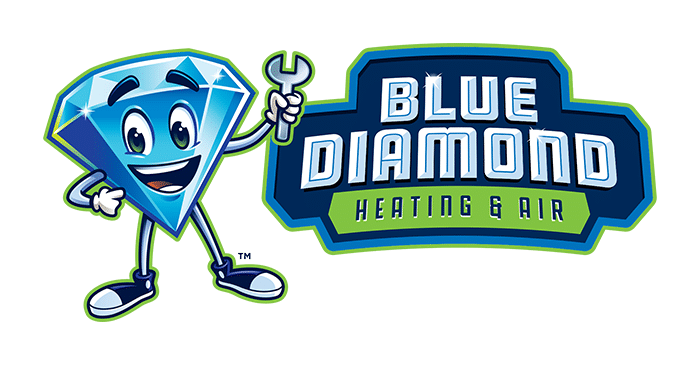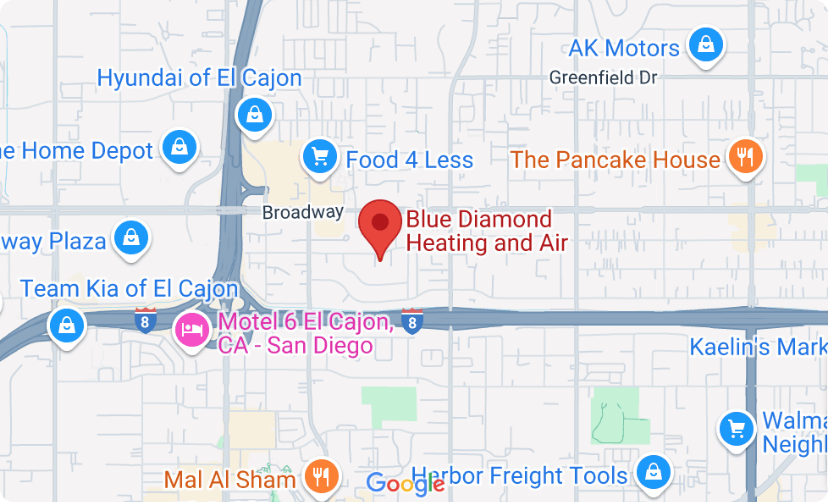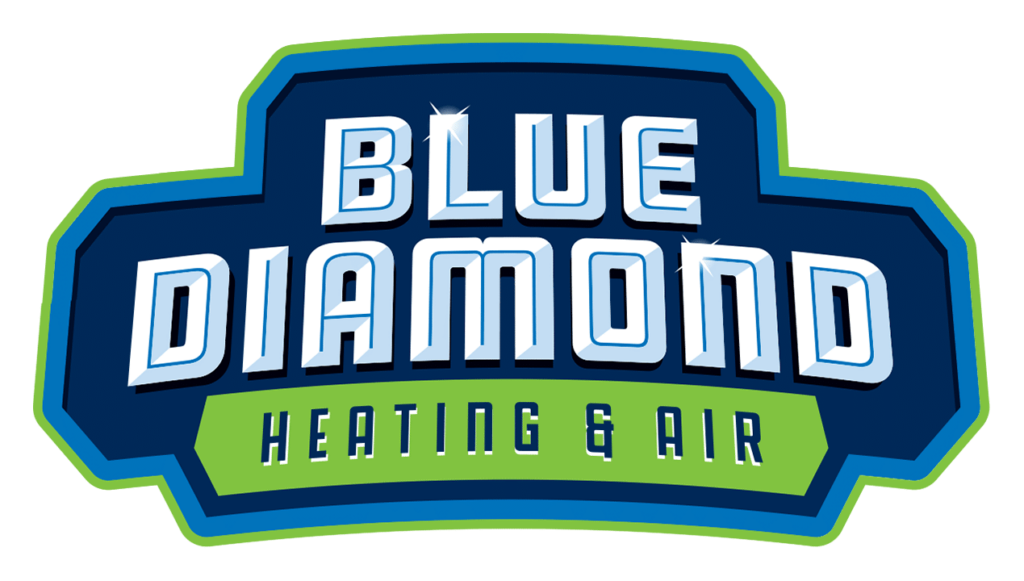Heating and cooling account for more than half of the energy used in a typical household, according to the Department of Energy. This means that for the average American household, this is the main energy cost. This also means that letting warm air into your home during the summer months means spending a lot of money on electricity. Here are some preventative steps you may take in your home to avoid wasting both energy and money.
How to Detect Air Leaks
In order to decide whether there is any air leakage, you can have a licensed HVAC technician come to your home and conduct a complete home inspection. Following such an inspection, the technician would be able to make recommendations for resolving any problems that are discovered. If you want to do a quick search for air leaks, light an incense stick and walk around your house with it, looking for leaks and holes in common areas.
Any time you see smoke blowing sideways, it’s a sign that you’ve discovered a leak that’s allowing air in.
To detect air leaks, use an incense stick.
It’s also crucial to inspect your ductwork for leaks, especially if it’s in the attic or basement. If you can reach your ductwork and find leaks, you can use metal screws and foil tape to repair disconnected or leaking segments, but mastic sealant is preferred.
Some of the Most Common Air Leak Locations
Holes and cracks in your home can appear anywhere, but the following are the most popular locations:
- About the edges of doors and windows
- Between the floor and the exterior doors
- By way of baseboards
- Around the openings to the attic (if your attic is unconditioned)
- Electric switches are close by.
- Around any holes in exterior walls for wires, cables, or pipes
- By means of recessed lighting
Repairing Air Leaks
Even tiny cracks and holes will let up to 25% of your home’s cool air escape, causing your HVAC system to work overtime. Your energy costs and consumption can both be reduced if your home is properly sealed. Warm air will not escape your home if you insulate your attic and walls and plug any cracks or gaps. Many repairs are easy and can be completed on your own or with the assistance of a home repair professional.
Here are some solutions to some of the most common problems:
- Fix air leaks around doors and windows with weatherstripping, caulk, or insulation.
- To keep air from escaping, position a door sweeper at the bottom of exterior doors.
- Cover recessed lighting canisters with fire-resistant, insulated covers.
- Apply thin caulk beads between the baseboards and the drywall.
- Attic hatches should have foam board on the door and weather-stripping around the opening perimeter.
- Wrap wires, cables, and pipes running through exterior walls in weather-stripping or insulation.
- Foam gaskets should be mounted inside switch boxes.
HVAC During Warm Summer Months
This summer, don’t let your energy bills get out of hand.
Your HVAC system would have to work longer to keep your house cool if you don’t have enough insulation, which means higher energy bills for you. You will save money and resources in the long run by making sure your home is well sealed and testing for air leaks.
It’s also a good idea to get your air conditioning unit inspected before summer arrives to make sure it’s in good working order and to do any necessary maintenance. To make an appointment, call (619) 514-2114 now!




